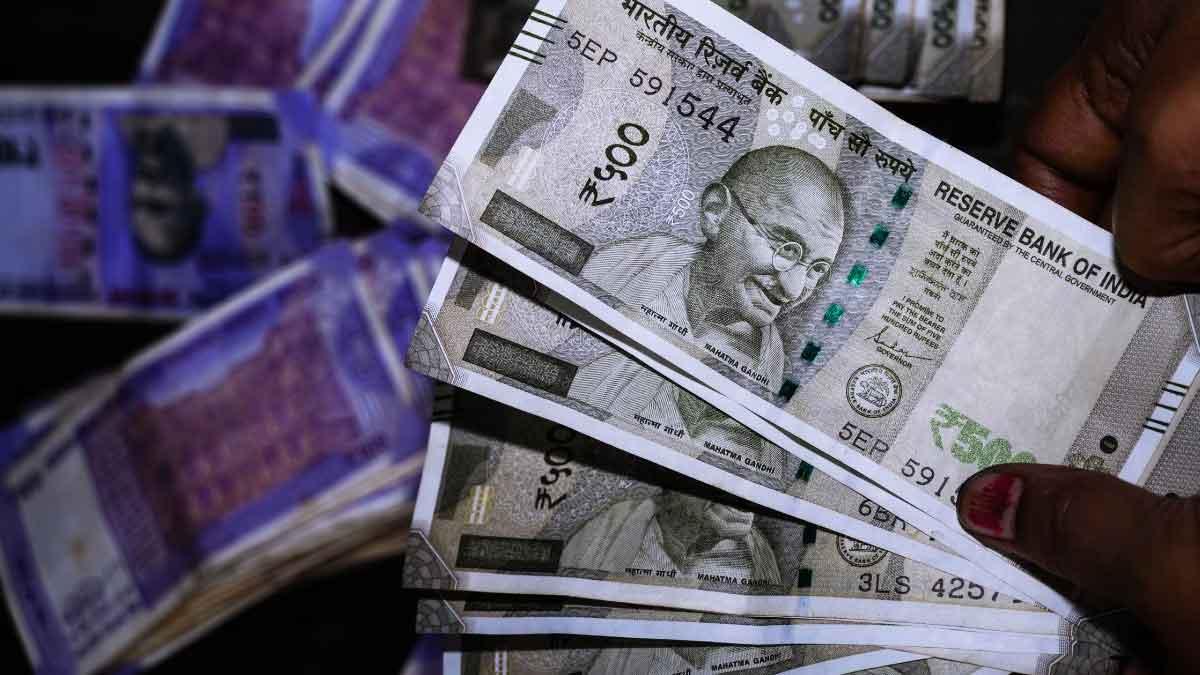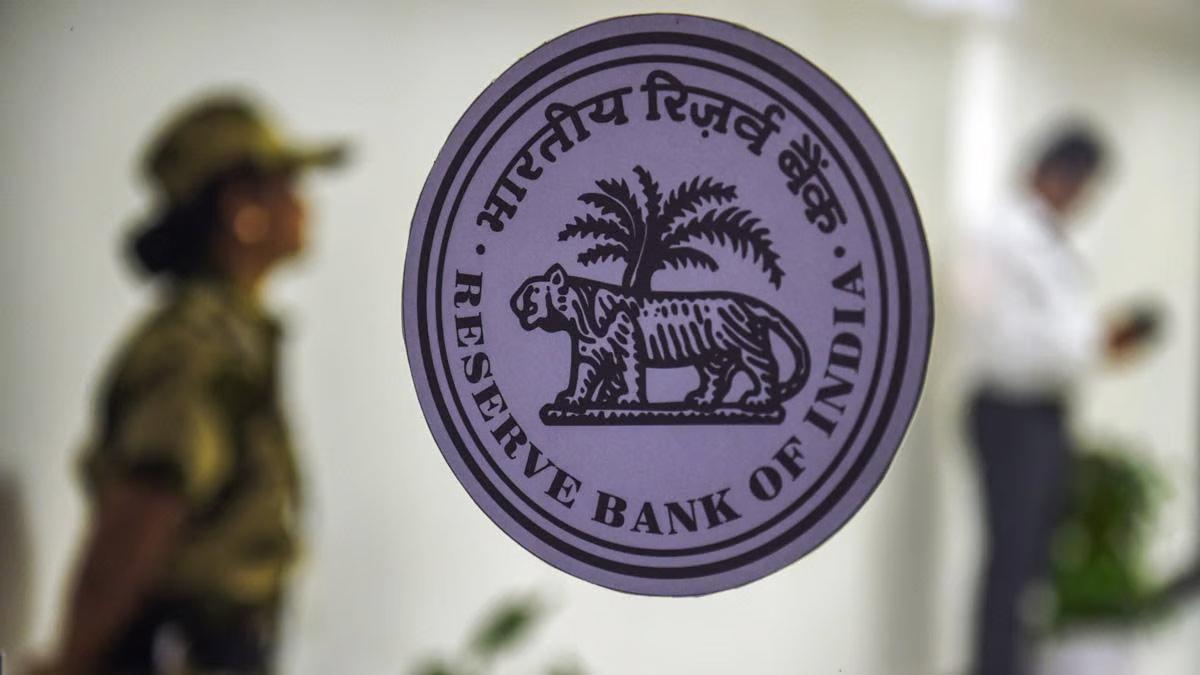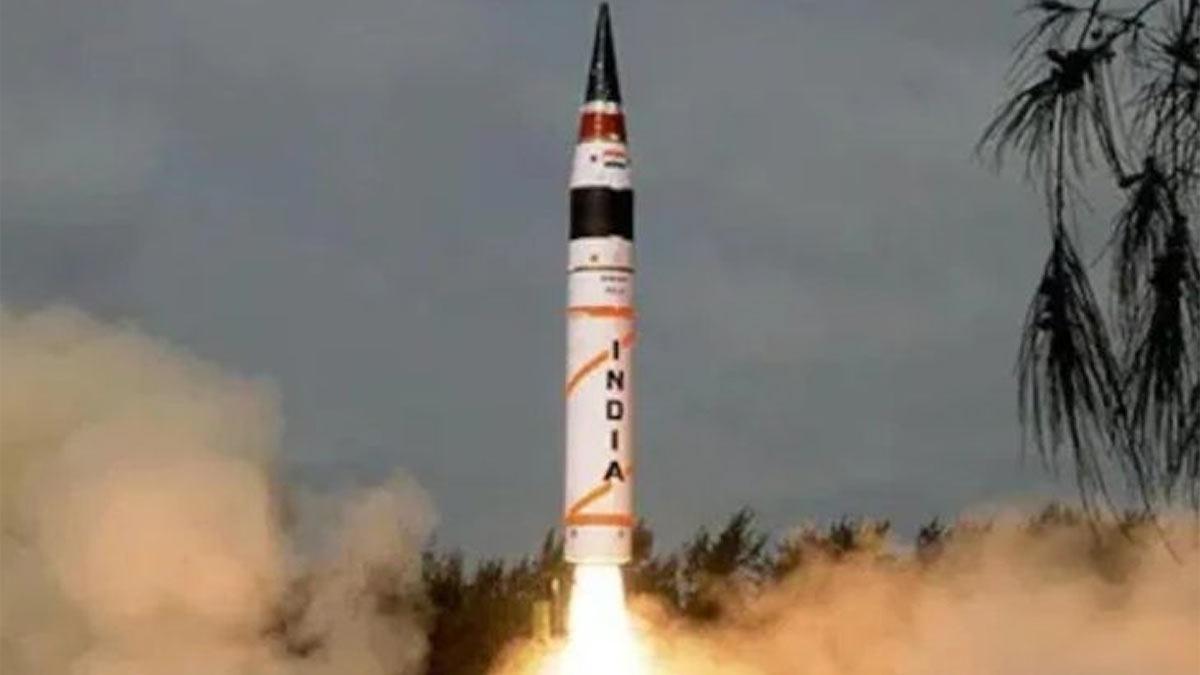India currently holds the position of the 5th largest market capitalization globally, standing at approximately US $4.5 trillion. Despite this, its representation in global indices remains relatively low at just 1.6%, placing it in the 10th position, as reported by foreign brokerage firm Jefferies.
However, Jefferies suggests that this scenario is poised to change in the coming years as the market's free float increases and certain anomalies in weighting are rectified. Based on historical market performance over the past 15-20 years and considering anticipated new listings, India is projected to evolve into a nearly $10 trillion market by the year 2030. Such a substantial growth trajectory would render it impossible for major global investors to overlook.
Over the last decade and two decades, India has demonstrated a consistent USD CAGR (Compound Annual Growth Rate) of 10-12%, making it the 5th largest equity market globally. The forecasted surge in market capitalization to $10 trillion by 2030 is reinforced by ongoing reforms that are expected to uphold India's status as the "fastest growing large economy." Additionally, the consistent influx of domestic investments has helped to mitigate market volatility, while the relatively low foreign ownership offers a cushion in terms of valuation.
India's corporate sector, with a focus on Return on Equity (RoE), presents an array of investment opportunities for minority investors. With 167 companies boasting a market capitalization exceeding $5 billion, investors have ample choices. Moreover, the flourishing entrepreneurial spirit and vibrant startup ecosystem in India are driving innovation, with the country now home to 111 unicorns, collectively valued at $350 billion.
The Indian government's emphasis on developing digital infrastructure, coupled with the availability of affordable data rates and a vast pool of skilled talent, has positioned India as a prominent destination for services exports. The services export sector, including remittances, now contributes nearly $450 billion annually to the economy. Furthermore, India's digital infrastructure and well-educated workforce have attracted significant global organizations, with many having a substantial portion of their workforce based in the country.
India's journey towards becoming the world's 3rd largest economy by 2027 is fueled by consistent GDP growth, which has expanded at a CAGR of 7% in USD terms over the past decade to reach $3.6 trillion. Forecasts suggest that India's GDP will surpass $5 trillion within the next four years, overtaking Japan and Germany to secure the 3rd position. This growth trajectory is underpinned by favorable demographics, improving institutional strength, and advancements in governance practices.
Read also | Industry Body Forecasts Strengthened Electronics Manufacturing under PM Modi 3.0
Read also | Hyundai India's IPO Proposal: A Gateway for MNCs to Enter Indian Stock Markets


















